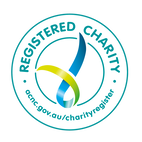workshop volunteer Hours: |
Each Tuesday 08:00 to 13:00 at the Whiteman Park workshop.
Each Thursday 08:00 to noon at the Whiteman Park workshop. |
TO request A VISIT
|
To tour the bus collection or see the BPSWA workshops in action any on Tuesday or Thursday, click the "Contact Us" button below. Visitors and new volunteers are welcome.
|
contact us |
Contact Us via Telephone:
0483 832 375 |
How Secure is this site? |
A test of this site provided by Trendmicro on 14th October, 2017, indicated that "this URL contains no malicious software and shows no signs of phishing." (Test for yourself, visit Trendmicro for an update?)
|

